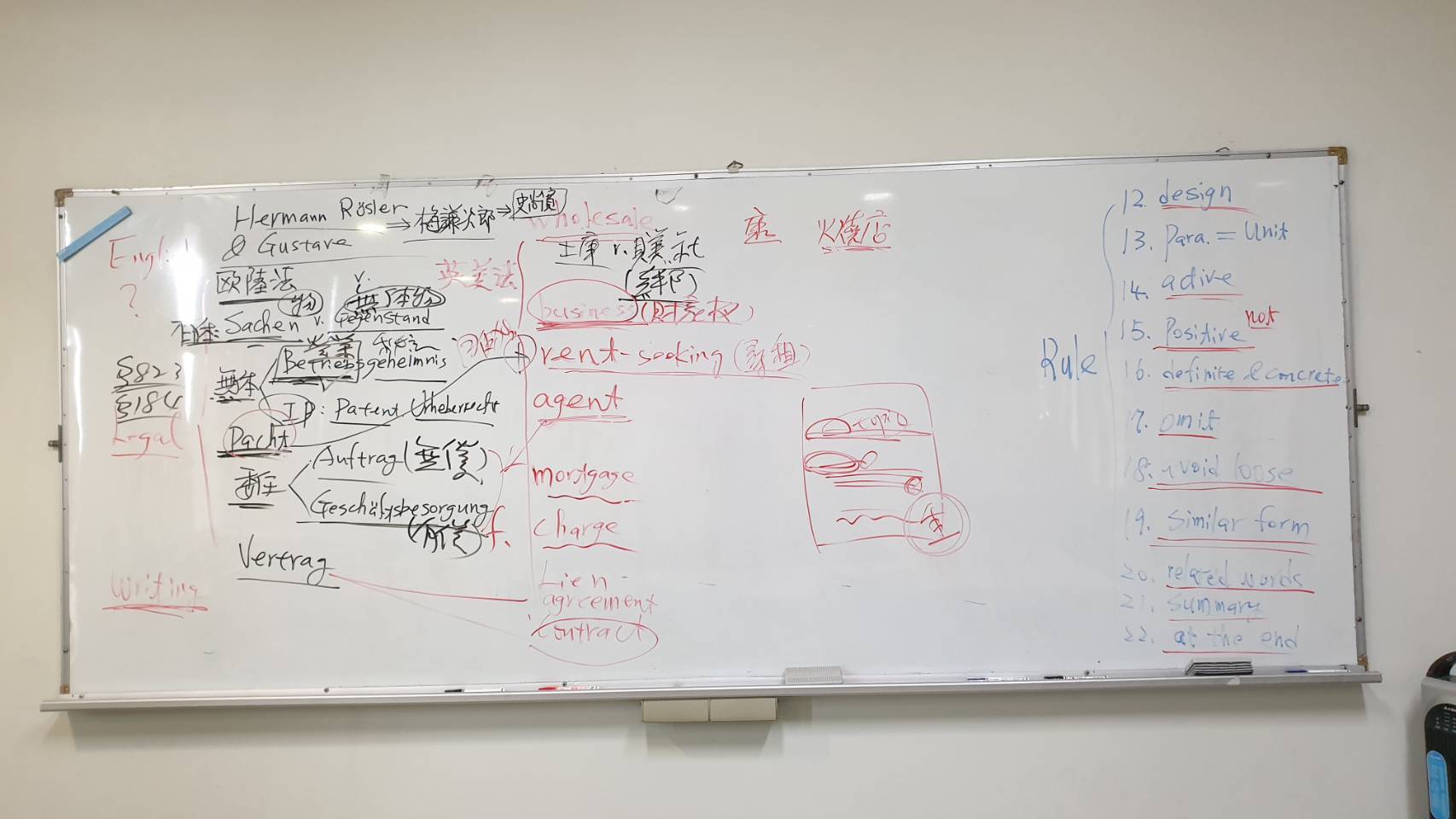輻射防護教育訓練(研究生專用)
數位學習
課程 以"數位學習"加標籤: 38
This e-learning course is designed to improve digital competence for nursing students following the theoretical framework and the Digital Competence Assessment Checklist (DCAC). The innovative e-learning modules, titled the “DigiNurse
Program,” are intended to enhance digital competency among Master's degree nursing
students via self-directed learning over 8 weeks. The DigiNurse curriculum consists of four
instructional modules: (1) Utilization of Digital Media and Resources, (2) Application of
Digital Communication, (3) Cognition in Digital Learning, and (4) Safety in Digital
Environment. The instructional materials were developed through an extensive literature
review and the adaptation of previous lessons on digital competence from other disciplines to
the particular setting of nursing education.
- 課程管理者: 顏妙芬
Electric motors are a key component in many mechatronic systems to provide necessary driving forces. They are employed in households, industry, transportation, national defense and medical care. There are various types of electric motors, such as induction, DC, permanent magnet and reluctance motors. The development of permanent magnet motors has become increasingly demanding thanks to the well development of electronics technology, magnetic materials and manufacturing capacity. This course focuses on permanent magnet brushless motors, for which the fundamental principles, magnetic circuit analysis and windings design will be explicated systematically. Students will learn the fundamental knowledge in design of such an electric motor.
- 課程管理者: 張慧如
This course consists of three aspects: "microcontroller", "drive circuit" and "motor mechanism". It introduces the knowledge related to electromechanical control from the shallower to the deeper, and supplements it with practical exercises. First, review the principles of motor mechanics and explain various Drive control method, and finally apply the microcontroller to actually write the control program to drive and control the motor machinery.
- 課程管理者: 張慧如
This course introduces semiconductor physics and devices for optoelectronics, including: Structural Properties of Semiconductors Density of States Semiconductor Bandstructure Absorption and Emission Time-independent Perturbation Theory Interband Transitions Electromagnetic Wave Theory and Guided Wave Optics Semiconductor Heterostructures Semiconductor Lasers Photodetectors
- 課程管理者: 張慧如
Apart from providing students with a deeper understanding of the theoretical knowledge of computer vision, machine learning and artificial intelligence - depth learning, and analyzing how the principles of depth learning combine with the development of artificial neural networks (ANNs) and computer vision, the functional aspects of this course will be explained by teacher’s more than 20 years of experience in industrial cooperation (face detection, recognition and expression analysis, intelligent video surveillance as a service, automated optical inspection (AOI), intelligent manufacturing, visual-guided robot arm control, and automatic guided vehicle (AGV)). The course will teach the basic computer vision principles and techniques for the relationship between 2D images and 3D objects with augmented reality (AR), including the calibration method of the camera and the reconstruction principle of 3D objects. Then I will teach the basic but practical techniques of computer vision, including the design of real-time detection, tracking and recognition systems. We will bring machine learning connections to the field of deep learning. Based on deep learning technology, I will teach you how to develop better real-time detection, tracking and recognition techniques to solve practical problems in the fields of industry, clinical imaging and AI sports. This course aims to develop students' ability to design and integrate skills in computer vision, machine learning and depth learning. Through practical practice, students' ability to think, program design and solve existing problems can be nurtured. Students' ability and spirit of team work can be nurtured through group work. They can also apply the theoretical foundation to industry, clinical imaging and precision sports analytics.
- 課程管理者: 張慧如

